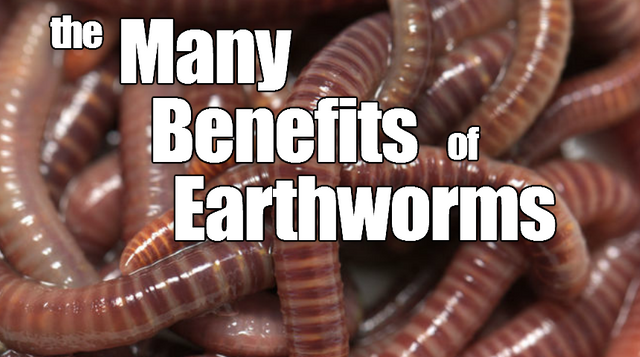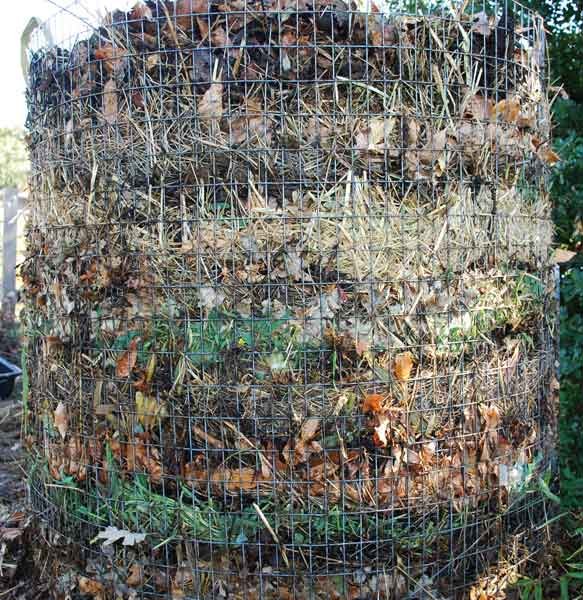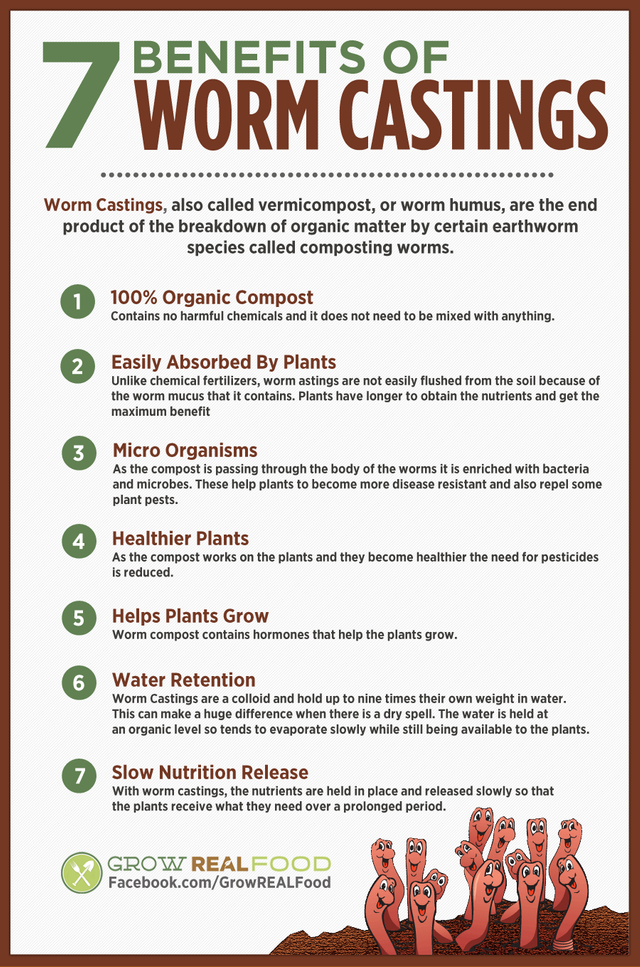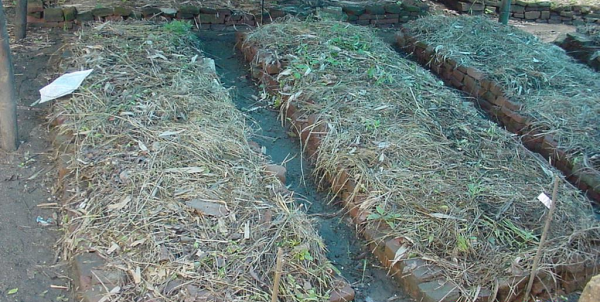How To Grow A Thriving Habitat For Earthworms In Your Garden
No matter where you look in our garden, you’ll find earthworms and red wigglers. They’re in the garden beds, the walking paths, and the compost bins.
We view the worms not only as an indicator of healthy soil, but also as major contributors to the soil’s health and fertility.

Of course, the earthworms are native to the area, but most of the red wigglers were introduced through the addition of their castings to the garden. The rest of them were intentionally added to compost bins after the compost had cooled down. Though the worms are everywhere in the garden, it’s their role in the compost bins that I want to talk about today.
When we build a compost pile, our intention is to create hot compost with temperatures reaching as high as 140 to 150 degrees Fahrenheit at the center. The thermophilic bacteria that are active at these high temperatures break down organic matter much more quickly than do the microbes in a cool pile.
To create the conditions for hot compost, we alternate layers of brown and green ingredients, keep the pile moist, and build it large enough to heat up. Every time the center reaches 140 to 150 degrees, we turn the pile, usually after just a couple turns, the pile never reaches this range again, and we stop turning.

When the pile is hot, we don’t find too many worms in it, except sometimes at the outer edges where it’s cooler. As the pile cools, however, the worms move in from the surrounding area and pick up where the thermophilic bacteria left off, breaking down organic matter and leaving their nutrient-rich castings behind.
Worm castings have a number of advantages over compost alone. Castings have a higher percentage of humus than compost, which improves water retention and aeration. They also bind micronutrients like calcium, magnesium, and sulfur that might otherwise be washed away by heavy rains. They’re rich in beneficial bacteria, and, very importantly, they contain plant growth hormones that increase germination rates, and make plants grow faster, larger, and produce more.

Though our native earthworms are adapted to our climate, one challenge is to keep them well fed. In addition to the compost piles, the mulch we apply to the garden beds and walking paths provides them with food.
We actually find a lot of red wigglers in the walking paths feeding on decaying wood chips, and they definitely enjoy the leaves, coffee grounds and comfrey we add to the garden beds. Of course, the mulch also provides a food source for native earthworms and dramatically increases their numbers as well.
The second challenge is keeping as many of them alive as possible during the winter. We’ve found that if we start large hot compost piles in the fall in sunny locations and cover them with plastic, the compost will provide enough heat for them to survive even the coldest of winters.
Many red wigglers will migrate to the piles for food and warmth as the temperatures decline. Native earthworms will also benefit from the warmth of the piles.
Mulching the garden beds with straw or wood chips and planting a winter cover crop also help feed and protect worms over the winter.
Raised beds provide higher ground for worms to escape wet, winter soils and in the spring after the first rains, the raised beds will be full of worms just in time for planting veggie starts into the beds.

The more experience I have growing with worm castings, the more I’m convinced of their critical role in the success of our garden.
Having red wigglers and earthworms in our compost bins is a great way to improve our compost by supercharging it worm castings, which in turn leads to healthier plants and a more bountiful harvest and eliminates all disease and mold problems on the farm.
I've been looking at how the bigger farms do it because we can't get enough of it and if we made too much, which I can't imagine happening, we could sell it.
Here's a video of a commercial vermiculture facility that has my gears turning. Would love to make something similar on a smaller scale.

Great article! I'm currently farming worms in my basement. :)
Cool, it's perfect for basements and even under kitchen sinks. They will eat all the food scraps from the kitchen.
Excellent, I used to have so much free fishing bait in my last garden!
That's some good fish bait for sure.
Been using 'red wiggler' pee on my plants for over 9+ years now.
Works wonders, right?
Upvoted by @gardening-trail
Thank you for following and upvoting @gardening-trail
Read our guidelines here. Join us In the Gardening-Trail and let's discuss Gardening Related Topics
Thanks
Love this article! Upvoted and resteemed!
Thank you
Hello @luzcypher,
Great article! I liked it so much that I linked it as a source in the one I wrote about urban vermicomposting: https://steemit.com/composting/@stortebeker/urban-homesteading-1-composting-in-the-city-part-1 I hope you don't mind using linking you, and that you like my article.
Thanks and no I don't mind. I call it Steemweaving. As long as it related to the post and sourced it's all good.